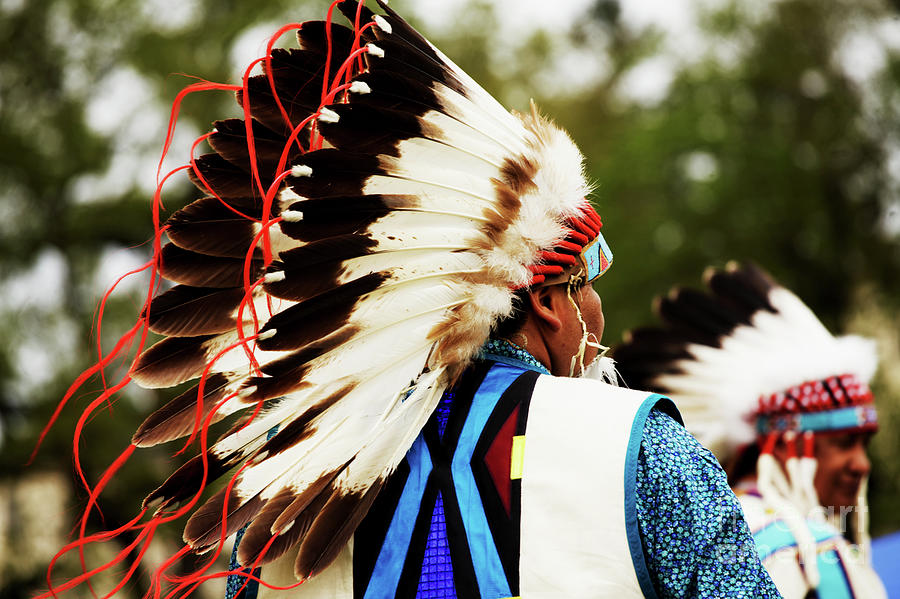Is ISO Really Such a Mystery?
One should ask a few questions about the use of changing ISO settings for differing lighting conditions. It is standard practice in the photographic community to reach for a higher number when lighting is poor. What we do is crank up the numbers from 100 to as high as we feel the need to capture better detail in low light. And we get more light, more detail, specifically in the shadows, or if the whole frame is dark, a broad increase in detail across the light spectrum. And we do so almost without regard to the actual number. We might find that we need to run to as high as 1800 or 4000 to capture an image so as to be able to view it or print it.
But it has been a topic of discussion for quite some time. Are we in fact, gaining exposure and detail by using an ISO of say 1600 rather than 100? The simple response would be, yes and no. There's a bit more to it than that. The photo below will illustrate why answering this makes more sense when we delve deeper. Study for a moment this image shot at 1600 ISO and brought up to 400% magnification for the sake of clarification. You see a fair amount of noise. And here's why without getting too far out in tech-know-land.
When we push 1/3EV (or exposure values) stops of ISO, i.e, 100-125-160-200 and so on we force the sensors to capture on each photon, an excess of light than they are designed to capture. As a result, hang with me, both the analog (available light) and digital (bit conversion-8 bit/12 bit/16 bit) signals work together while working against each other. So when the analog signal, the available light, is too low, such as in the image above, by pushing up the ISO, your digital sensor response is to amp up the digital signal. Now back to simplicity.
Underexposed available light forces the ISO increases, in this case to 1600, to overexpose the digital photon signal, resulting in higher noise, and a loss of detail in the shadow areas. There is a way to balance to a degree this loss of detail, and fortunately its rather simple. In fact there are two ways. the first is increase the available light, the second is to stay to one full stop, rather than 1/3 stops. So if you cannot introduce a flash or a reflector or somehow open a shutter or a door or any other way to increase analog light, you can stay within the full stop adjustments of ISO, such as moving from 100 to 200 to 400 to 800 to 1600 to 3200 to 6400 and so on up to your camera's ISO limitation parameter.
Since I'm no physicist I cannot explain why this works, but I can assure you that it does work. Shadow detail is better when you stay within full stop ISO increases. Feel free to comment or ask questions in the Comment section below. I'd be happy to discuss this with you.
Leave a Comment Below or Share





No comments:
Post a Comment
Comments